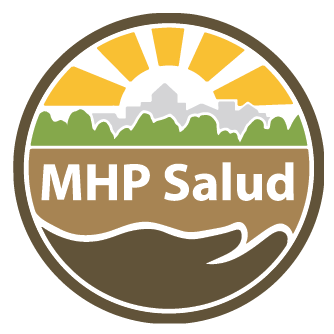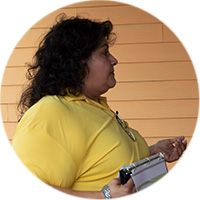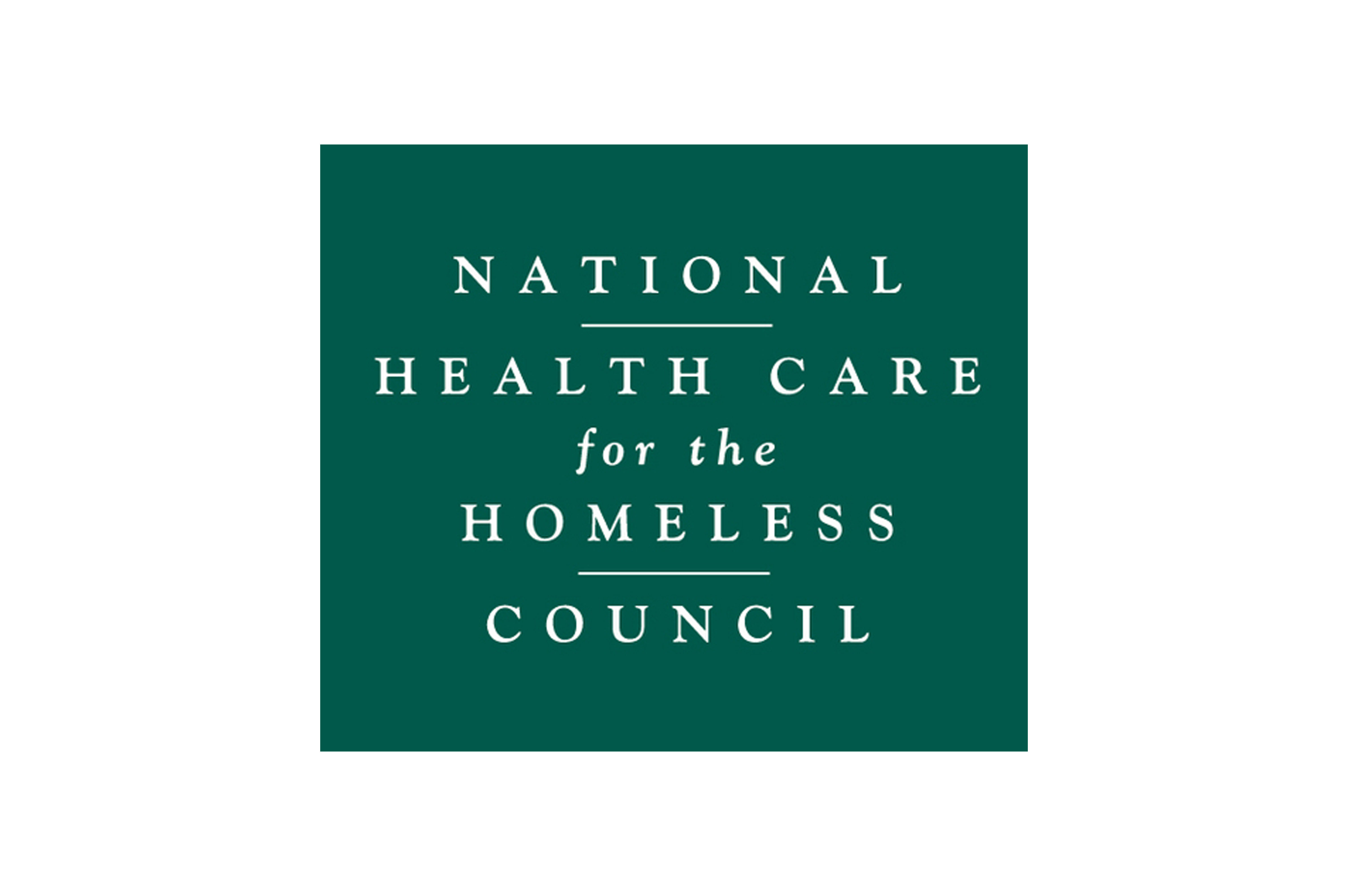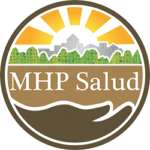La Esperanza Winter 2019 Edition

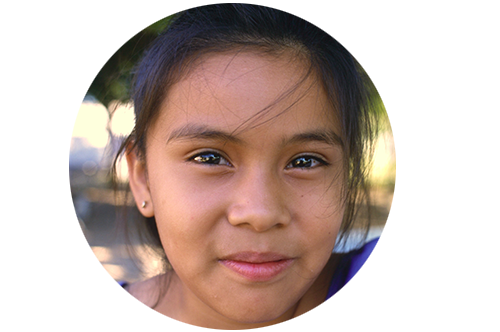



The role of Community Health Workers on Clinical Care Teams
MHP Salud – Winter 2019
Introduction
A Community Health Worker (CHW) as defined by the APHA is a “frontline public health worker who is a trusted member of and/or has an unusually close understanding of the community served. This trusting relationship enables the worker to serve as a liaison/link/intermediary between health/social services and the community to facilitate access to services and improve the quality and cultural competence of service delivery.”1
Though CHW is the most commonly accepted title nationwide, they are known by a variety of titles including Promotores, peer educator and patient navigator. Regardless of the title, what distinguishes a CHW is that they are part of the community they serve, either geographically or through shared life experiences. The consequent title will vary depending on the role they will play within the organization.
Despite the fact that the Community Health Worker model has been around for several years, their potential to enhance primary care access and quality remains underutilized.2 The following section will explore the benefits of having CHWs on a clinical care team by considering how their skills make them better equipped at reaching their community and making a lasting impact.
Who do CHW’s Serve and How?
Although CHW programs have historically been grassroots, community-based programs, health care reforms have illuminated the important role a CHW can play on a health care team. In order to transition CHWs into clinical settings, it is important that clinicians understand exactly how a CHW can contribute to a care team and the limitations of their position.
The Community Health Worker Core Consensus or C3 project is a national project that explored and defined the CHWs roles in depth. This project produced recommendations that are now being used nationwide to better outline the CHW Scope of Practice and Core Competencies. Some of which include:
- Cultural mediation among individuals, communities, and health and social service systems
- Providing culturally appropriate health education and information
- Care coordination, case management, and system navigation
- Advocating for individuals and communities
- Providing direct service
- Participating in evaluation and research3
Even though CHWs possess the necessary skills to fulfill each of these roles, it is unlikely that one person will be responsible for all of them in any given position. Generally, the role, scope of practice, and duties will vary based on the organizational needs.
Benefits of Having a CHW on a Health Care Team
Community Health Workers have an ability to relate to patients based on shared life experiences. This connection enables them to identify distinct obstacles that many vulnerable, underserved, or hard to reach populations may face. Having this connection serves a two-fold purpose, the community can provide feedback to the clinic through the CHW and consequently, the clinic is able to improve service delivery and quality of care.
Doctors who worked with CHWs in a program in the Bronx, New York reported that CHWs helped them understand their patient’s backgrounds, constraints, and preferences; ultimately allowing the team to provide better service to the patient and genuinely focus on their medical needs.4 This information serves invaluable in clinical settings where CHWs can help healthcare providers work towards improving health outcomes.
In addition to improving health outcomes and quality of care, CHW programs are often cost-effective because they allow health care organizations to utilize their resources more efficiently and reduce the use of unnecessary medical services. For example, a CHW program in Arkansas saw savings of over $2.6 million for a final return on investment of $2.92 over a three-year period.5
Increased health care costs and demand have accelerated the need for resource-saving approaches. Community Health Workers are a unique workforce that has been able to adapt to the needs of their community and improve the access and delivery of primary care services.2
Community Health Worker Testimonial
Roberto Melendez has been a Promotor or CHW with Clinica Monsenor Romero since 2015. Prior to working as a CHW, he owned a restaurant but felt a calling to help others in the community. His passion grew when he attended a workshop in his community that was led by CHWs from Clinica Romero. This workshop increased his interest in the CHW field, he contacted the clinic to learn more about the profession and consequently became a CHW. Through his work with the clinic in programs such as “Comiendo Rico y Sano”, he felt there was a real need for good nutrition and exercise education. In response, he incorporated his culinary skills and Zumba instructor certification to provide well-rounded sessions to his participants.
Roberto has endured the loss of his mother and two brothers due to diabetes and experienced a breast cancer battle when his good friend was diagnosed. Through helping his family and friend, he discovered the need for disease prevention education and how it impacts a person’s overall health. As a result, he acquired and distributed information and resources that would help his community persevere.
“Seeing the hope in people’s faces when they know I am there for them through their diagnosis is really rewarding. Being able to do this as part of the team at Clinica Romero has been helpful because I can really connect with them on a unique level. This connection allows them to tell me their concerns which I can take back to the clinic to see how we can help them. When they see me in the community they are always asking about the next workshop because they want to learn more. Knowing I’ve been able to impact so many lives has been very gratifying for me.”
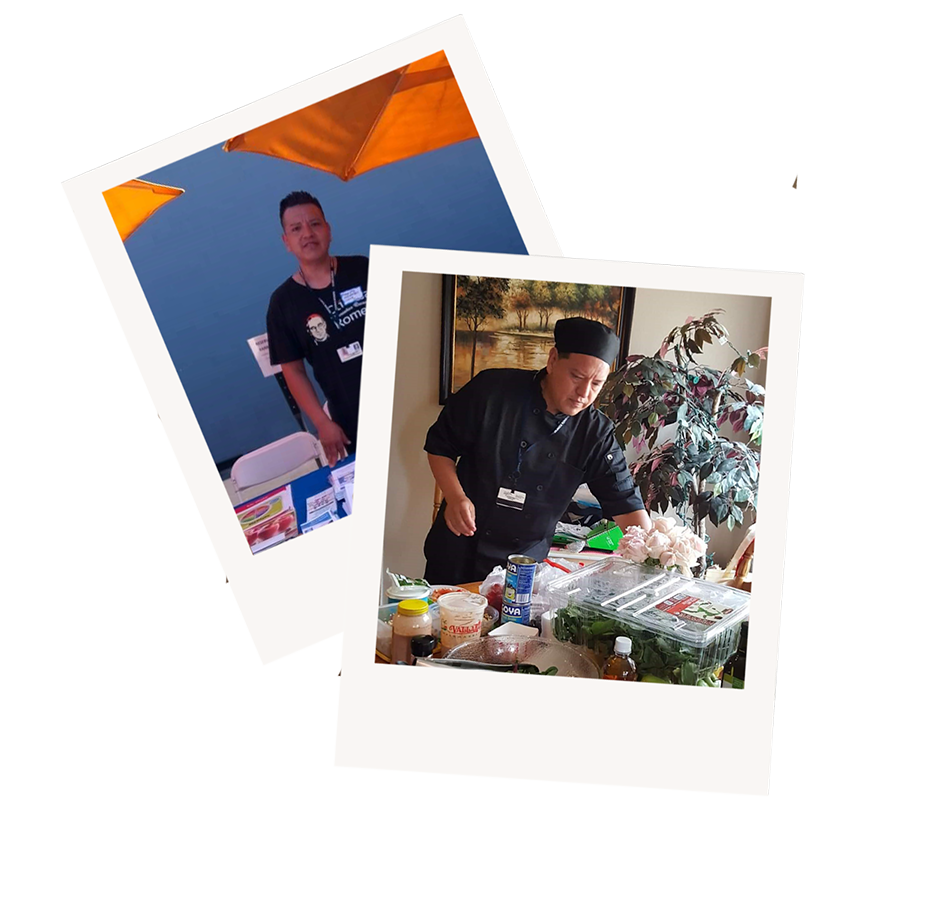
Roberto Melendez faced tragedies that inspired him to go from chef to Community Health Worker.
Dinámica…
A dinámica is an activity or game with a specific purpose, such as to: get to know one another, learn new information, review what was learned, brainstorm new ideas or just get a group moving.
Common Ground Team Building Activity
Materials:
- Blank sheet of paper
- Pens and/or pencils
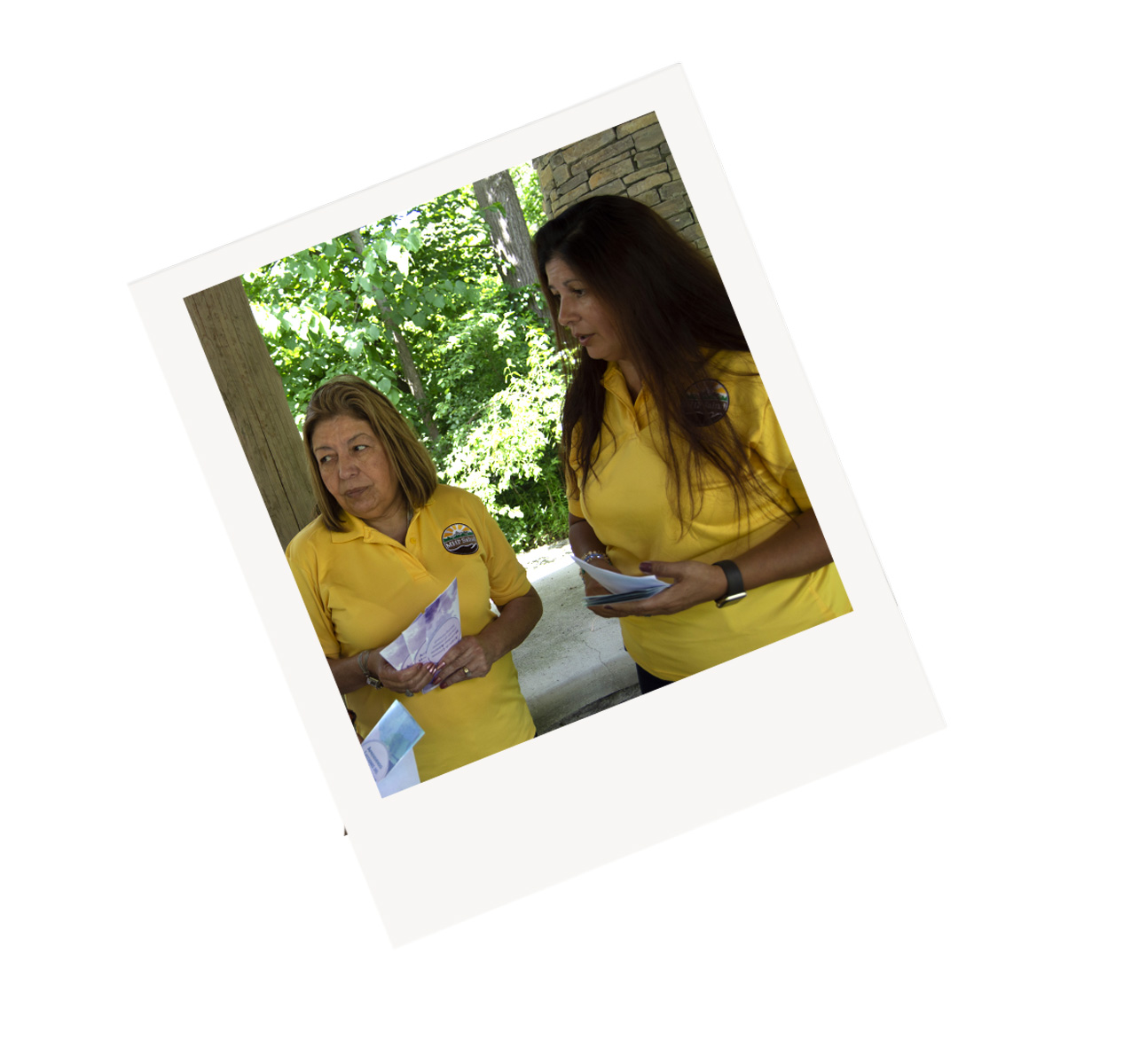

Instructions:
This activity can be used to build a foundation of commonalities and differences between team members.
- To begin you will form equal size teams of 3-6 people.
- Give each team a sheet of paper and pencil/pen. Tell the teams their challenge is to list everything they can think of that all team members have in common. For example, attending the same school, prefer the same kind of music, etc.The only rule is they cannot list similar body parts, i.e “We all have to arms, etc”.
- Tell teams they have three minutes to create their lists, so they need to work quickly. To add to the excitement, tell the teams when they have 1 minute left, thirty seconds, and so forth.
- When time is up, find out which team has the longest list and ask them to read the similarities they listed.Then ask teams whose similarities have not been read aloud to read some of theirs.
- You can then follow up with some discussion questions such as:
- How easy was it to discover something in common with another group member?
- How can similarities draw us closer?
- How can our differences draw us closer together?
Adapted from: Keefer, Mikal (Compiler). All Star Games from All Star Youth Leaders. 1998. Loveland, Colorado: Group Publishing, Inc.
Resources
The following resources can be a good reference as your organization works towards integrating Community Health Workers into the Clinical Care Team.
Integrating CHWs on clinical care teams and in the community is a best practice guide developed by the Center for Disease Control (CDC). It explores the integration of CHWs as an effective strategy for increasing patient knowledge and medication adherence and lowering blood pressure and cholesterol levels among diverse populations and in various settings.
The National Healthcare for the Homeless Council developed a resource guide that incorporates current research and uses feedback from administrators, supervisors, CHWs, hospital staff, community members, and clients involved in the successful recruitment and supervision of CHWs in their Health Care Innovation Award project.
SAVE THE DATES
2019 Western Forum for Migrant and Community Health
February 20—22, 2019 – Seattle, WA
Unity Conference 2019
April 14—17, 2019 – Las Vegas, NV
Is your organization interested in starting or strengthening a CHW program? Click here to see how we can help you.
Sources:
- American Public Health Association. (2016). Community Health Workers. Available at: https://www.apha.org/apha-communities/member-sections/community-health-workers (Accessed September 19,2018).
- Hartzler, Andrea L., et al. “Andrea L. Hartzler.” The Annals of Family Medicine, 4 Sept. 2017, www.annfammed.org/content/16/3/240.full.
- Community Health Worker Core Consensus Project (2016). Understanding scope and competencies: A contemporary look at the United States community health worker field. Available at http://files.ctctcdn.com/a907c850501/1c1289f0-88cc-49c3-a238-66def942c147.pdf
- Findley, S., Matos, S., Hicks, A., Chang, J. & Reich, D. (2014) Community Health Worker integration into the health care team accomplishes the triple aim in a patient-centered medical home: A Bronx tale. Journal of Ambulatory Care Management, 31 (1) 82-91
- Felix, H.C., Mays, G.P., Stewart, M.K., Cottoms, M., & Olson, M. (2011). Medicaid savings resulted when community health workers matched those with needs to home and community care. Health Affairs. 30:7, 1366-1374
All content found in MHP Salud materials, including websites, printed materials, photos, graphics or electronic content, unless otherwise cited, credited or referenced, were created by MHP Salud and are the organization’s intellectual property. As such, they are not to be used without the permission of MHP Salud and, if permission is granted, is to be cited appropriately with name and/or logo as designated by the permission granted by MHP Salud in addition to any other condition listed in permission.
This project was supported by the Health Resources and Services Administration (HRSA) of the U.S. Department of Health and Human Services (HHS) under cooperative agreement number U30CS09744, Technical Assistance to Community and Migrant Health Centers and Homeless for $617,235.00 with 0% of the total NCA project financed with non-federal sources. This information or content and conclusions are those of the author and should not be construed as the official position or policy of, nor should any endorsements be inferred by HRSA, HHS or the U.S. Government.
